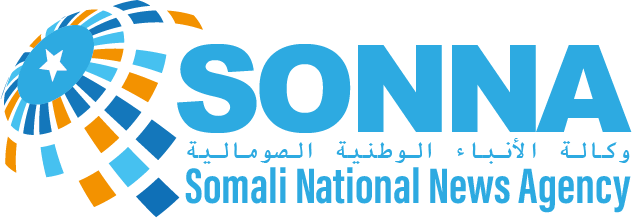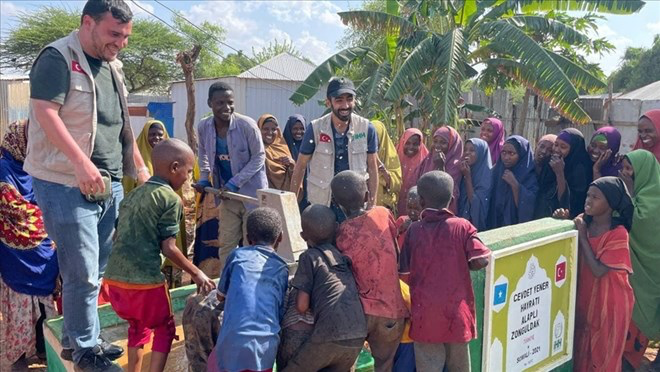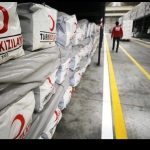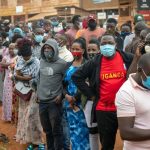 A Turkish humanitarian aid group announced Tuesday that it will take part in an ongoing relief campaign in Somalia because of a climate change-related deadly drought that has killed at least six people in the past week.
A Turkish humanitarian aid group announced Tuesday that it will take part in an ongoing relief campaign in Somalia because of a climate change-related deadly drought that has killed at least six people in the past week.He said the group is feeding 1,000 families every month in the Horn of the African country.
The Gedo, Lower Juba and Bakol regions are the worst-hit areas as a mother, and five children have died due to lack of food and water, according to officials.
While livestock is dying in the hundreds, pastoralists face huge difficulties as the cattle market in parts of the country has crashed.
If you manage to find a buyer, you will get less than $10 for a sheep or goat and less than $60 for cattle compared to $70 to $90 on average for sheep and goats and $350 to $400 on average for cattle, a community activist told Anadolu Agency.
Somalia has a population of more than 15.8 million, of which 60% live in rural areas as nomadic or semi-nomadic pastoralists. The climate plays a key role in the nation’s economy and livelihoods as the economy is predominated by agricultural activities, according to the World Bank.
In Somalia, climate change effects from droughts and floods pose the most severe hazards to the country as it is currently battling its worst drought in more than a decade.
The government has already declared a state of humanitarian emergency because of the drought.
President Mohamed Abdullahi Mohamed earlier this week urged immediate assistance.
The number of people in need of humanitarian assistance is set to rise 30% next year from 5.9 million to 7.7 million, the UN warned earlier this month.
Source: AA





